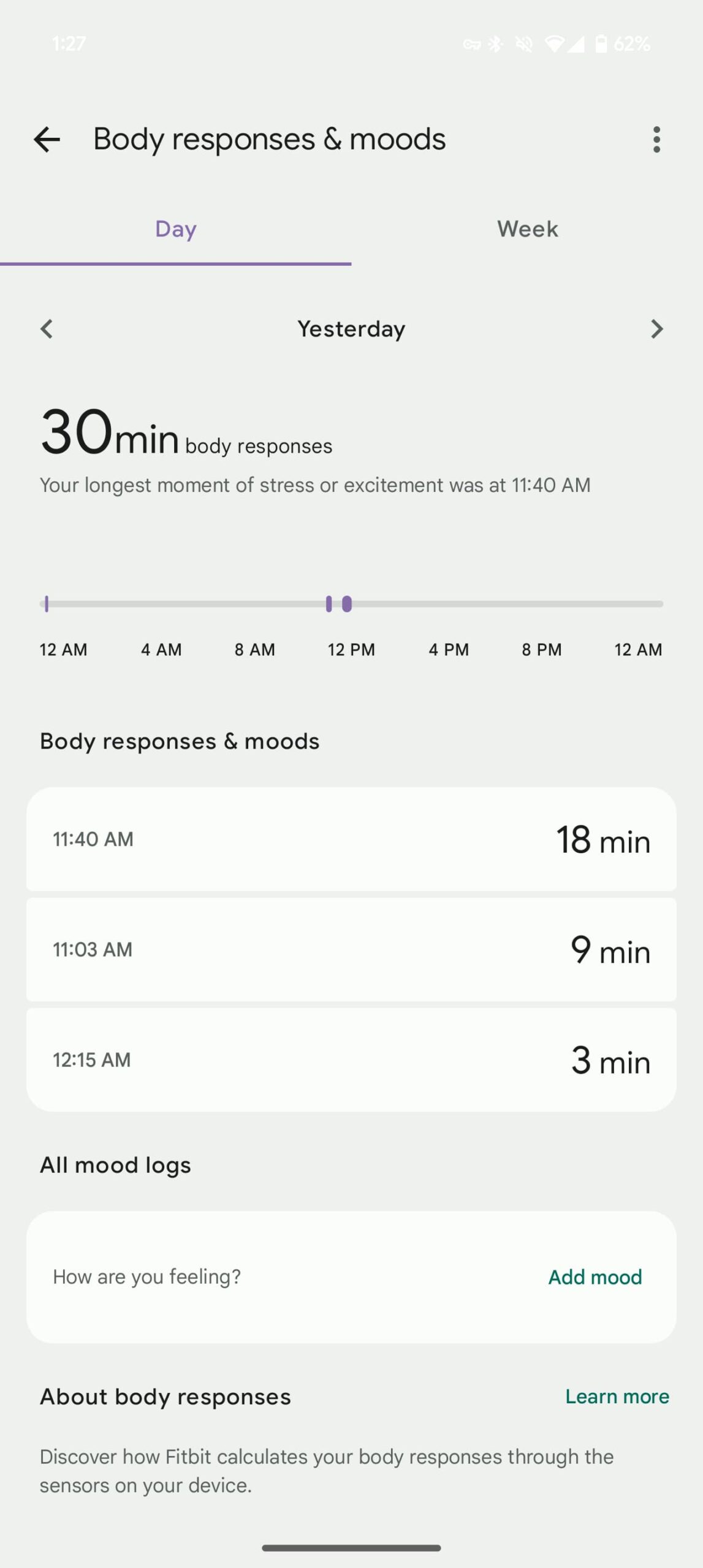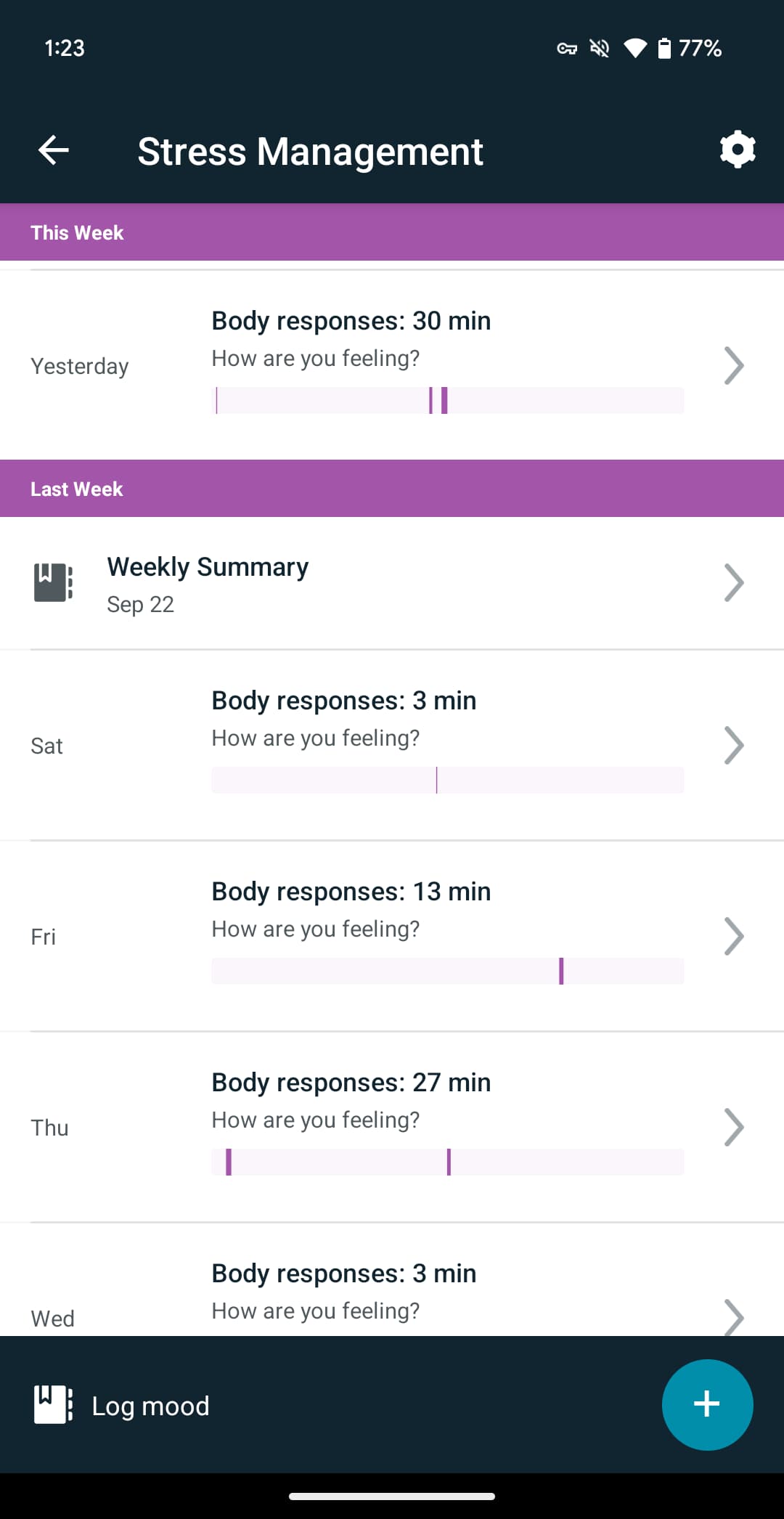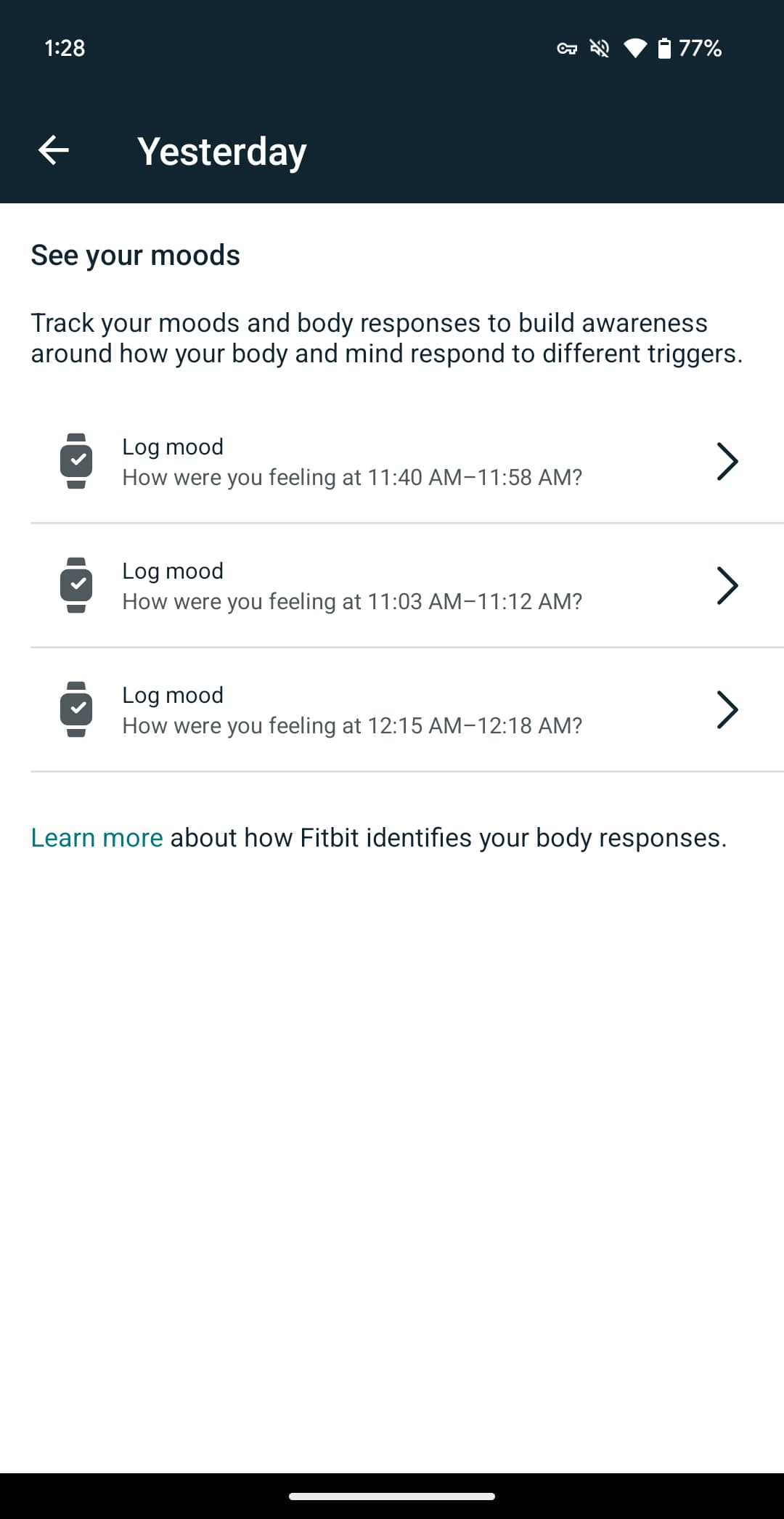Have you ever wondered how you can better manage your stress and enhance your mood using the technology you already own? Fitbit, a leader in wearable technology, has made significant advancements to help you achieve these goals effortlessly. Recently, Fitbit has rolled out an updated version of their app, focusing on stress management, mood monitoring, and mindfulness. Let’s walk through these exciting new features and how they can be beneficial for you.

Fitbit’s New Redesign: What Is It All About?
Fitbit has always been committed to helping you live a healthier life, and their latest updates to the stat pages for stress management, mood, and mindfulness offer a more streamlined experience. The idea is to help you better understand and manage your physical and mental well-being through easily accessible data and actionable insights.
Key Changes in the Update
- Unified User Interface: The app now features a more consistent design across different sections.
- New Tabs for Easier Navigation: The introduction of “Day” and “Week” tabs makes it easier for you to track your progress.
- Renaming and Reorganization: Terms like “Responsiveness” and “Exertion balance” have been updated to “Physical calmness” and “Activity balance,” respectively.
Stress Management: Body Responses & Mood
Previously known as “Stress Management,” the new “Body Responses & Mood” page focuses on giving you a comprehensive view of how your body responds to daily stressors and how you are feeling overall. By tracking these metrics, you can better identify patterns that affect your stress levels.
Day and Week Tabs
The “Day” and “Week” tabs replace the older reverse chronological timeline, presenting your data in a more intuitive manner.
| Tab | Purpose |
|---|---|
| Day | Tracks stress levels and moods throughout a single day. |
| Week | Offers a broader view to identify longer-term trends. |
Understanding these patterns can help you make informed decisions to reduce stress and improve your mood.
Mindfulness Tracking
The Mindfulness section hasn’t undergone a name change but has received some important usability improvements. The new tabs for “Week,” “Month,” and “Year” help you gain a more detailed understanding of your mindfulness practices over various time frames.
Week, Month, and Year Tabs
These tabs offer different scopes of evaluation.
| Tab | Focus |
|---|---|
| Week | Short-term mindfulness practices and their immediate effects. |
| Month | Mid-term mindfulness trends, useful for identifying persistent patterns. |
| Year | Long-term insights into your mindfulness habits. |
With these updates, you can better track and understand the impact of your mindfulness practices over different periods.
Stress Management Score
Arguably the most useful update, the “Stress Management Score” has been refined to help you get a clear understanding of how well you are managing stress. The previously available “Month” view has been removed, which some may find limiting. However, the “Week” tab aims to give you sufficient data for actionable insights.
Updated Terminology
Fitbit has introduced new terms to better describe your stress management metrics.
- Physical Calmness: Formerly known as “Responsiveness,” this metric evaluates how relaxed your body is.
- Activity Balance: Previously called “Exertion balance,” this metric tracks how balanced your physical activities are in contributing to your well-being.
These terms provide clearer indicators of what factors impact your stress levels and how you can manage them effectively.

Making the Most of Fitbit’s New Features
Now that you know about the changes, let’s explore how to utilize them for maximum benefit.
Consistent Tracking
Make it a daily habit to check your “Body Responses & Mood” and “Mindfulness” sections. The more data you provide, the more accurate and helpful the insights will be. Use the “Day” and “Week” tabs to spot any recurring patterns or triggers.
Set Mindfulness Goals
Use the “Week,” “Month,” and “Year” tabs in the Mindfulness section to set realistic mindfulness goals. Whether it’s through guided meditations or mindful breathing exercises, consistent practice can help you see long-term benefits.
Analyze Your Stress Management Score
Review your “Stress Management Score” regularly. Pay close attention to your “Physical Calmness” and “Activity Balance” metrics to better understand what activities or habits help reduce your stress levels. Use these insights to make lifestyle changes that promote better stress management.
What’s Missing?
There are some aspects that remain unchanged and areas where Fitbit is still yet to implement the new redesign style, such as:
- Health Metrics
- Weight
- Food Tracking
- Water Intake
These sections still function effectively, but keep an eye out for potential updates that could offer even better functionality in the future.
Fitbit.com Transition
It’s also worth noting that Fitbit.com is going away in October and will be fully replaced by the Google Store. This change means all new features and updates will likely be streamlined more seamlessly through the app and the Google Store.

Other Fitbit Updates You Should Know
Daily Readiness Score
Fitbit is rolling out a free and updated Daily Readiness Score across all watches and trackers. This metric aims to help you understand how ready your body is for physical activities each day.
YouTube Music Controls
Fitbit Sense 2 and Versa 4 now come with YouTube Music controls, allowing you to manage your playlists seamlessly directly from your wrist. This makes it easier to incorporate music into your stress management and mindfulness practices.
Auto Detect Feature
Fitbit has expanded its Auto Detect feature, making it even easier to monitor various activities without manually starting a session. This ensures that you capture every moment of your activity, giving you a more comprehensive data set for analysis.
Conclusion
Fitbit’s redesigned stat pages for stress management, mood, and mindfulness represent a significant step towards helping you live a healthier, more balanced life. By offering a more consistent and user-friendly interface, Fitbit makes it easier for you to track, understand, and act on the data regarding your physical and mental well-being.
Utilizing these new features effectively can help you manage stress better, improve your mood, and engage in more meaningful mindfulness practices. While some features like long-term tracking for stress management have seen cuts, the overall benefits and ease of use still make these updates worthwhile.
Embrace these new changes, and make the most out of your Fitbit app to lead a more balanced and stress-free life. Remember, the journey to better health is a marathon, not a sprint. Enjoy every step you take towards a happier, healthier you.



